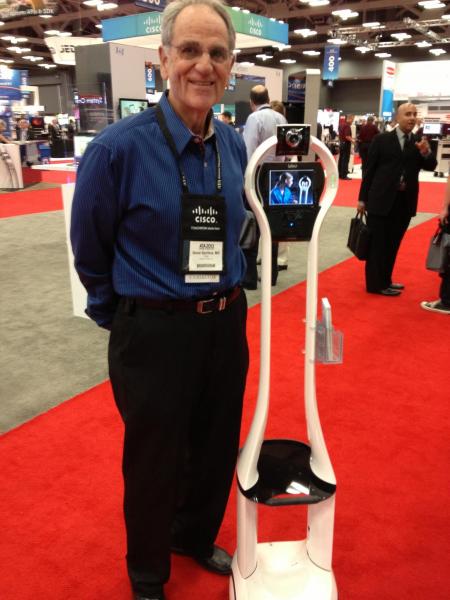Why Telemedicine is the Future
 Having just returned from the American Telemedicine Association conference meetings in Austin, I began to reflect on the dramatic changes that have occurred in the delivery of healthcare over the past fifty years. The opportunity to manage patients anytime, anywhere, utilizing wireless monitoring devices and remote real-time consultations has the potential to improve the quality of care, while dramatically reducing the cost of care.
Having just returned from the American Telemedicine Association conference meetings in Austin, I began to reflect on the dramatic changes that have occurred in the delivery of healthcare over the past fifty years. The opportunity to manage patients anytime, anywhere, utilizing wireless monitoring devices and remote real-time consultations has the potential to improve the quality of care, while dramatically reducing the cost of care.
As a clinician, I have seen a change in how physicians make a diagnosis. Years ago the history and physical examination were the essential tools of the doctor. Since the advent of routine x-rays and now MRI’s, CT scans, and more recently ultrasound, - all of which are now captured, stored, and shared electronically - the physical examination is less relied upon. In fact, many neurologists will not see a patient prior to obtaining specialized studies. Cardiologists such as Dr. Eric Topol don’t even use a stethoscope preferring a hand held ultrasound. Many critical care physicians now utilize ultrasound to detect lung water, eschewing the stethoscope.
Many physicians will tell you that the most important part of the examination is, in fact, the history. While the physical examination may be important in selected patients, the availability of data collected and displayed electronically (including blood tests, vital signs, and radiology procedures) enables the clinician visiting a patient remotely to be very effective. They already have the data and the history, so what’s left is the real time consultation. That simple conversation and observation, directly with the patient, combined with the data – enables effective decision making.
While there were a multitude of cart systems used to communicate with patients at ATA, the VGo - with its low cost, ease of use, lack of dependencies, and patient friendly form factor - was certainly a standout.
